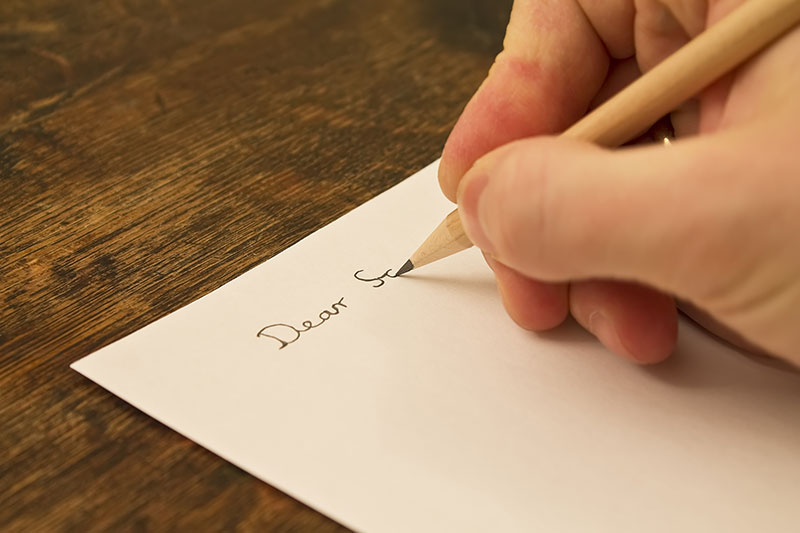
A 21-year-old girl suffering from extreme depression was diagnosed with suicidal tendency after a graphoanalysis session conducted by Naveen Toshniwal, a Jaipur based grapho-therapy specialist. The girl was suggested to immediately practise particular strokes in handwriting which she did diligently. Following the grapho-therapy, she overcame the crisis in six weeks’ time.
There are similar positive life changing experiences reported by several people after undergoing graphoanalysis and undertaking grapho-therapy. Graphoanalysis is the most systematic and best researched of all methods of handwriting analysis (graphology). Graphoanalysis identifies and assesses the character and personality of an individual through the study of their individual handwriting based on a particular method. Specific strokes are related to certain personality traits in graphology. The grapho-analysts evaluate the relative strengths of different traits and the effect of one trait upon another. “Grapho-therapy helps in defining long term goals, improves will power, determination, creative abilities. It also helps to get over negative traits like irritability, short temper, jealousy, resentment and even depression,” explains Toshniwal.
The science of graphoanalysis dates back to around 2000 BC when Aristotle discovered the relationship between the human minds and their handwriting. Aristotle, studied that handwriting is in fact `brain-writing’. “Hence if you consciously make efforts to change some strokes in the handwriting, it sends reverse signals to the sub-conscious mind to change you. This is quite popular in the USA and Europe and is widely used for recruitments, personality development, career counseling, and also self-improvement,” remarks Toshniwal.
The zeal to write actually begins in the brain and then moves through the nerves to the muscles of the hand, thereby resulting in a controlled movement on the paper/sheet. This movement is what we call the handwriting that portrays
The popularity of graphoanalysis only picked up a few decades ago, when this science began to be accepted for various things such as aid in recruitments, guidance to students/teachers/parents, career counseling and also for self-improvement. “Grapho therapy is done after the detailed analysis of the overall personality of someone by studying their handwriting. The therapies would vary for every individual depending on what personality traits they would like to work upon. The therapy is given in phases and is usually spread over a couple of weeks. The therapy involve practising small changes in the strokes for 5-10 minutes per day. If done sincerely and regularly, one can start feeling the changes within themselves. These conscious changes in the strokes send signals to the sub-conscious mind to change the person,” says Toshniwal.
Toshniwal learnt the craft from his father while studying engineering in Kolkata way back in 1989. As the days passed by, his love for the subject only flourished. “I have done graphoanalysis for my friends in college only for recreational purposes; however, they loved the analysis and were also amazed by the accuracy of the analysis. With encouragement from my friends and relatives, I began to do this professionally,” says Toshniwal.
Even today, though many people are aware about graphoanalysis, very few people are actually aware of the fact that grapho-therapy can change the lives of the people for better.
According to Toshniwal almost every trait and unique aspects of one’s personality can be deciphered through graphoanalysis: Some of them are:
- Intelligence
- Keenness to learn
- Friendliness, loyalty
- Emotional chart
- Frankness or secretiveness
- Determination, enthusiasm
- Self-confidence
- Short-tempered or cool, egoistic
- Sensitive
- Organising ability, engineering ability, creativity and imagination power
- Initiative level
- Ambition, will-power
- Dishonesty, greed
- Concentration power, precision
- Independence
- Resentment
Odeal D’Souza
Also read: Great future for graphologists